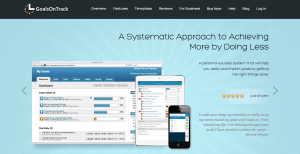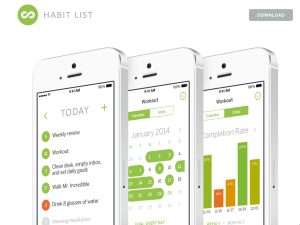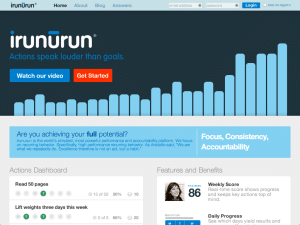Success breeds success. Take these tips to improve your life:
Exceptionally successful people…
1. Plan each day with purpose and action. Sunday night gets a bad rep because it means having to face another week, back on the treadmill, spinning the wheel once again. Successful people plan their days (yes, even Sundays) different, better, more exciting, more purposeful, more meaningful. Tony Robbins says action without a higher degree of purpose is a waste of time. How much of your life are you designing?
2. Step outside their comfort zone. Successful people thrive when they are stretched beyond what they think they can handle5. They consistently push the boundaries of what’s possible and don’t accept settling. This means stepping outside our comfort zone and questioning the world around us, looking for opportunities to constantly improve. How long have you been in your comfort zone?
3. Surround themselves with smart people. Some of the world’s trailblazing entrepreneurs, such as Bill Gates, Steve Jobs, Richard Branson and Mark Zuckerberg, had a solid team around them from the beginning—they knew their team was crucial to their success. Collaboration allows you to refine your thinking and challenge yourself and be challenged. We become the average of the five closest people we surround ourselves with. Who are you spending your time with?
4. Focus on the big picture. Focusing on details allows you to track results and make improvements based on facts, not guesswork. But sometimes, we get lost in the doing and forget the building and creating. If you are not designing and creating a better life for yourself, who will? Never lose sight of the big picture and always work on your why.
5. Get the job done. It’s human behavior to procrastinate. High achievers have developed laserlike focus when it comes to getting things done. At times they can be obsessed and selfish, often making sacrifices most of us would not be prepared or willing to make. Prioritize better; set aside time to focus on your goals list, not your to-do list.
6. Refuse to take no for an answer. When you’ve hit a wall, it’s easy to consider that the end of the road and tend to give up. Only the most stubborn among us will persevere long enough to climb the rest of the mountain. Think of the Wright brothers trying to get people in the air. Can you imagine what their peers said? Today we can’t imagine a world without planes. What’s your dream?
7. Never stop learning. One of our great capacities is the ability (and urge) to learn. Unfortunately, most of us stop actively learning once our formal education stops. We allow ourselves to remain stagnant in our careers and personal lives. One of my mentors, Dale Beaumont, once said, “If you are not green and growing, you are ripe and rotting.” How much of your week do you dedicate to learning? Success breeds success. Take these tips to improve your life. Challenge yourself on a daily basis. Never give up. Surround yourself with great people who will encourage you to move forward.















